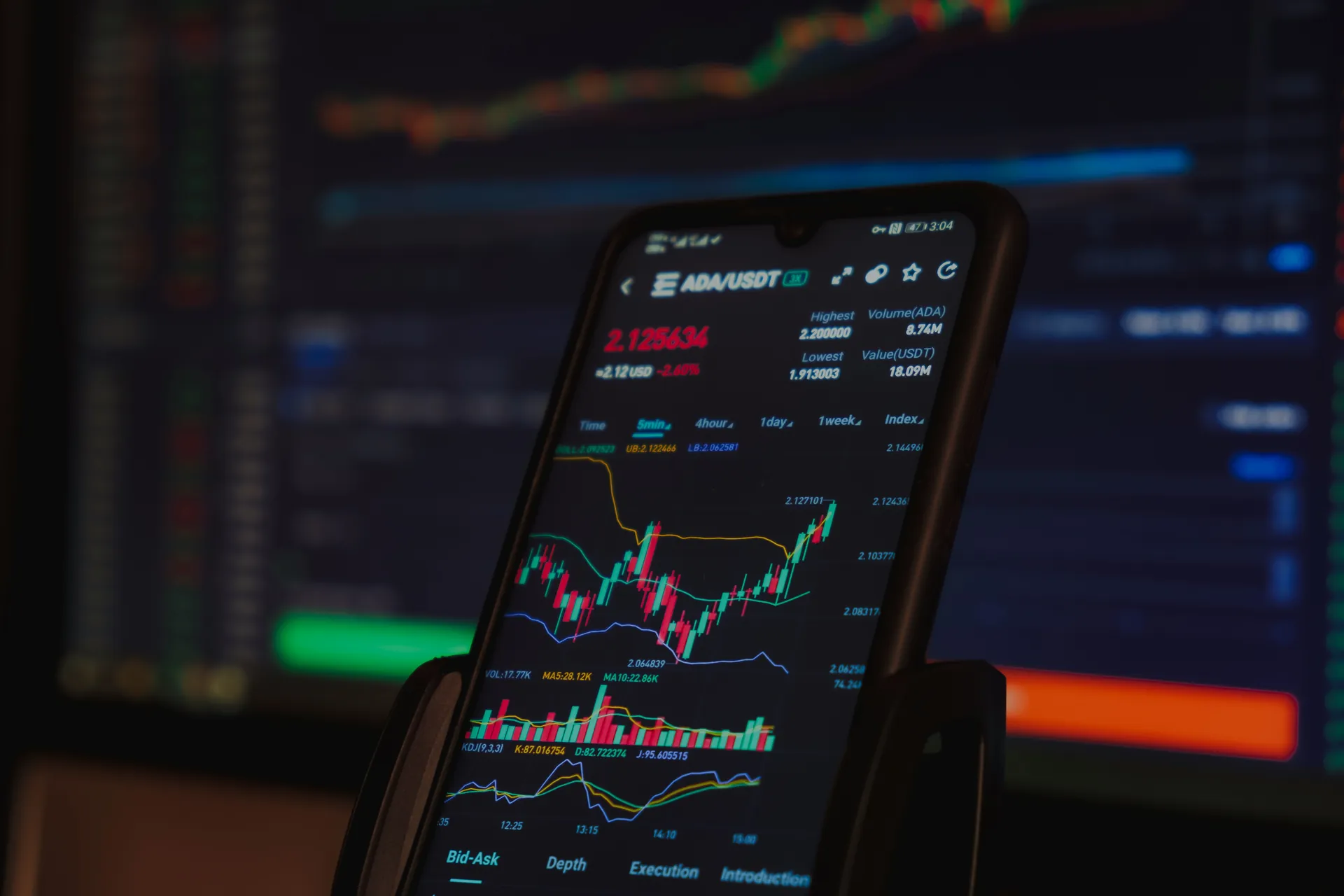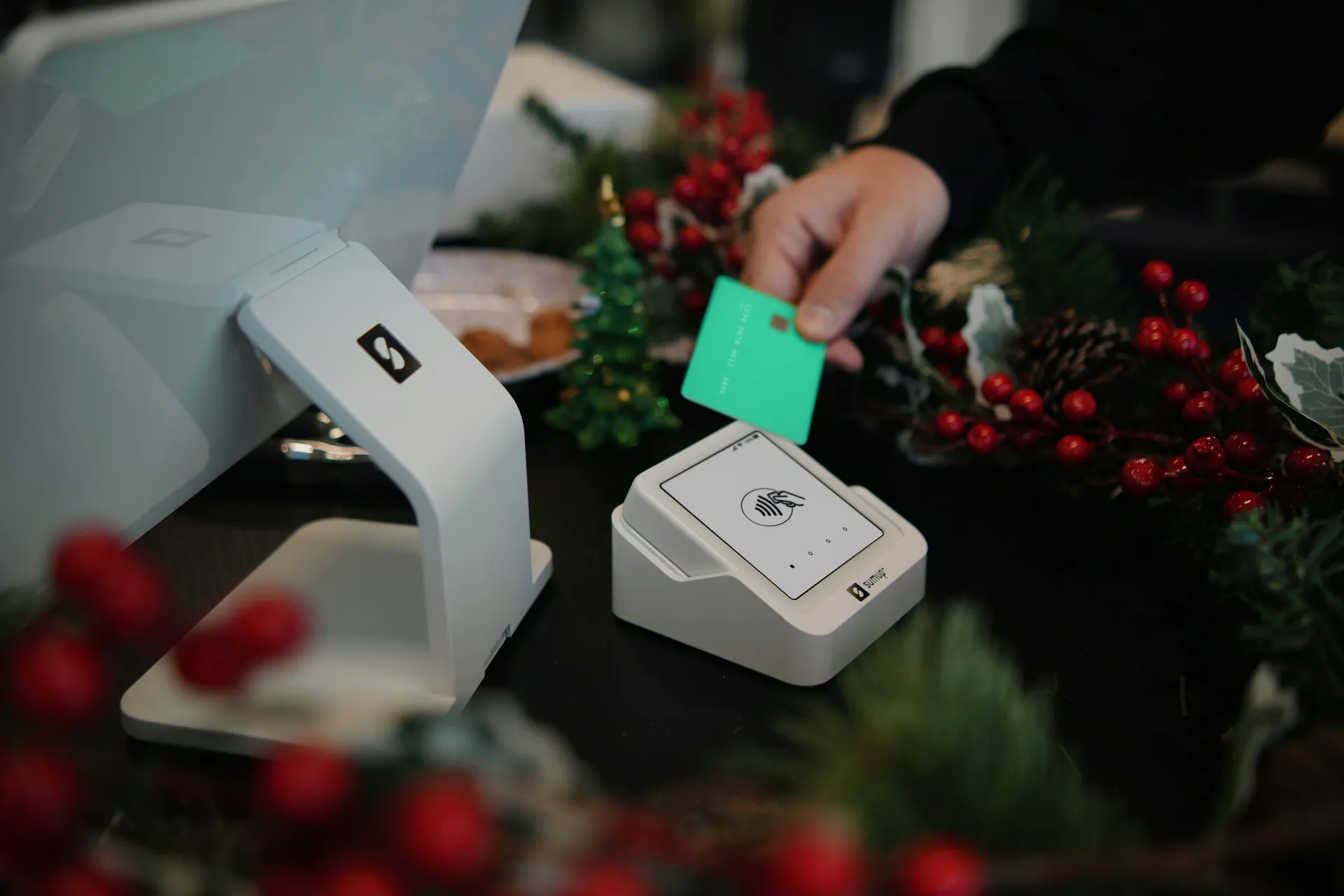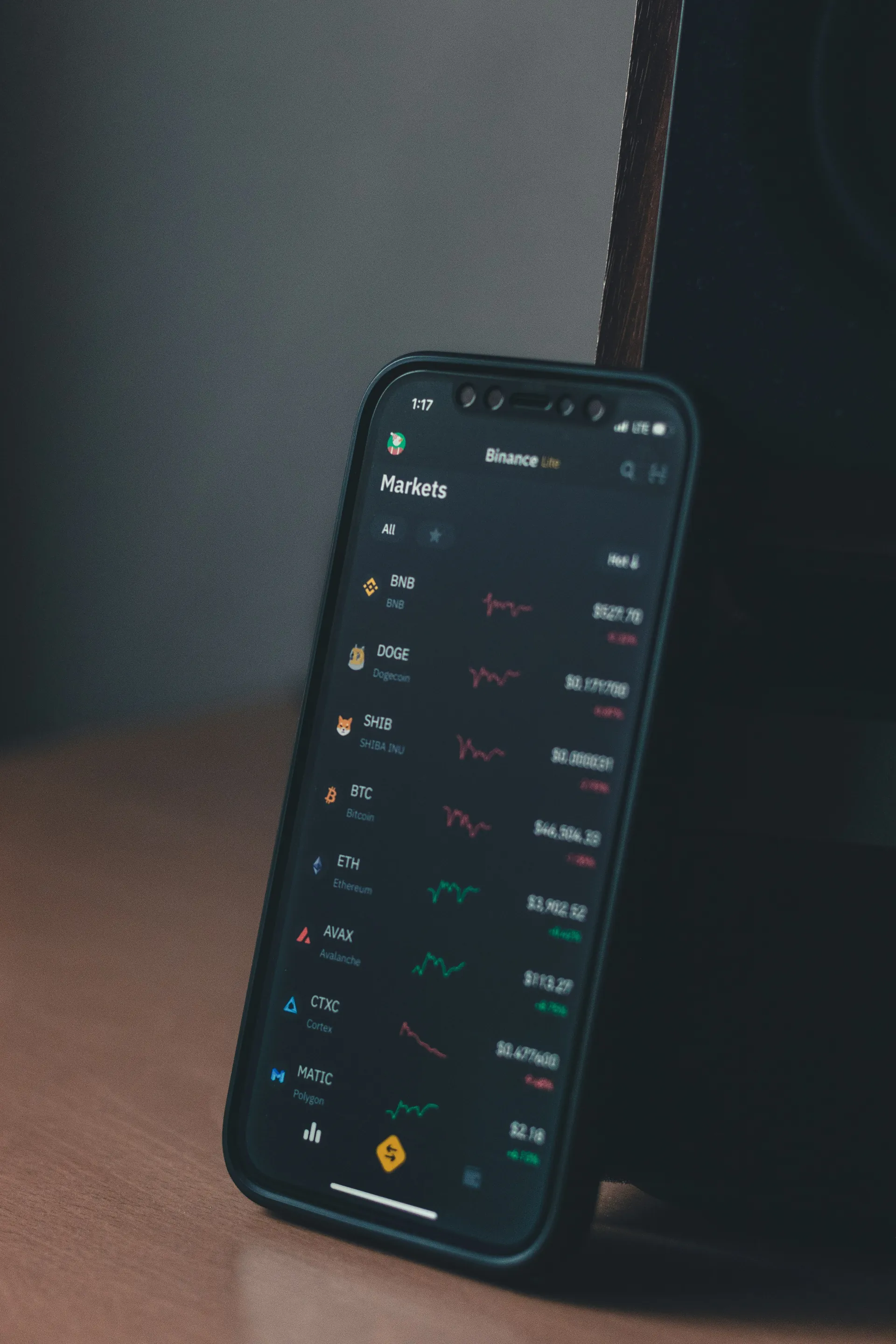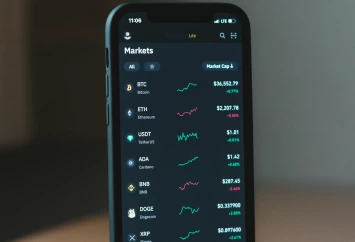Cryptocurrency has transformed the financial landscape by introducing a decentralized digital currency system powered by blockchain technology. From Bitcoin to Ethereum and a wide range of altcoins, these digital assets have surged in popularity, serving as both an investment tool and a medium of exchange.
However, the expanding crypto market also brings heightened risks, especially from hackers targeting unsuspecting investors. Since cryptocurrencies operate outside traditional banking frameworks, securing your digital assets demands a specialized set of protective measures. This guide outlines essential strategies to help you safeguard your crypto holdings from cyber threats, ensuring your investments stay protected in the ever-changing world of digital currencies.
Understanding Your Security Options

As the cryptocurrency market continues to evolve, so do the methods hackers use to target digital assets. To stay ahead of these threats, it’s important to understand and implement robust security measures. Let’s explore two key aspects of protecting your crypto: choosing the right wallet and implementing multi-factor authentication.
Choosing the Right Wallet
Your choice of cryptocurrency wallet plays a pivotal role in safeguarding your digital assets. There are several types of wallets, each with its own security features and trade-offs:
1. Hardware wallets: These are physical devices that store your private keys offline, making them highly secure against online attacks. They’re ideal for long-term storage of significant amounts of cryptocurrency.
2. Software wallets: These can be desktop, mobile, or web-based applications. While more convenient for frequent transactions, they’re potentially more vulnerable to online threats.
3. Paper wallets: These involve printing your public and private keys on paper, which can be secure if stored properly but are vulnerable to physical damage or loss.
When selecting a wallet, consider factors such as the types of cryptocurrencies supported, user interface, backup and recovery options, and the reputation of the wallet provider. Remember, no single wallet type is perfect for all situations, and many crypto enthusiasts use a combination of wallet types to balance security and convenience.
Using Multi-Factor Authentication
Multi-factor authentication (MFA) significantly enhances the security of your cryptocurrency accounts by requiring multiple forms of verification before granting access. While two-factor authentication (2FA) is commonly used, MFA can involve three or more factors for even greater security.
Here are some popular MFA methods:
1. Time-based One-Time Passwords (TOTP): These are temporary codes generated by authenticator apps like Google Authenticator or Authy.
2. Hardware tokens: Physical devices that generate one-time codes, offering an extra layer of security beyond software-based solutions.
3. Biometric authentication: This includes fingerprint scans, facial recognition, or voice recognition, which are becoming increasingly common on mobile devices.
4. Email or SMS verification: While less secure than other methods due to the risk of interception, these can still be effective when combined with other factors.
Implementing MFA on all your cryptocurrency-related accounts—including exchanges, wallets, and any platforms where you store or trade digital assets—is an important step in protecting your investments from unauthorized access. Remember to keep your recovery codes in a safe place, as losing access to your authenticator could lock you out of your own accounts.
Implementing Secure Transaction Practices

As the cryptocurrency market evolves, so do the tactics of cybercriminals. Implementing robust security measures is essential to protect your digital assets.
Let’s explore some key practices to enhance the security of your crypto transactions.
Using Trusted Networks
When conducting cryptocurrency transactions, the network you use plays a vital role in maintaining security. Here are some best practices:
1. Avoid public Wi-Fi: Public networks are often unsecured and can be easily compromised. Always use a trusted, private network for your crypto activities.
2. Use a VPN: A Virtual Private Network encrypts your internet connection, making it difficult for hackers to intercept your data. This is especially important when accessing cryptocurrency exchanges or wallets.
3. Verify exchange security: Before using a cryptocurrency exchange, research its security measures. Look for exchanges that use cold storage for most funds and have a proven track record of security.
Regular Software Updates
Keeping your software up-to-date is a critical aspect of maintaining security in the crypto world:
1. Wallet software: Regularly update your cryptocurrency wallet software. These updates often include critical security patches and new features to protect against emerging threats.
2. Operating system and browsers: Ensure your computer’s operating system and web browsers are always updated to the latest version. Many crypto-related attacks exploit vulnerabilities in outdated software.
3. Mobile app updates: If you use mobile apps for crypto transactions, enable automatic updates or check for updates regularly. Mobile wallets and exchange apps frequently release security improvements.
Being Aware of Phishing Attacks
Phishing attacks are a common threat in the cryptocurrency space. Here’s how to protect yourself:
1. Verify URLs: Always double-check the URL of cryptocurrency websites you visit. Phishers often use URLs that closely resemble legitimate sites.
2. Be cautious of emails: Never click on links or download attachments from unsolicited emails claiming to be from cryptocurrency exchanges or wallet providers. These could be phishing attempts to steal your login credentials.
3. Use bookmarks: Instead of typing URLs or clicking links, use bookmarks for your frequently visited cryptocurrency sites. This reduces the risk of accidentally visiting a phishing site.
4. Enable 2FA: Implement two-factor authentication on all your cryptocurrency accounts. This adds an extra layer of security even if your password is compromised.
5. Educate yourself: Stay informed about the latest phishing techniques in the crypto world. Scammers are constantly evolving their tactics, so ongoing education is essential.
By implementing these secure transaction practices, you significantly reduce the risk of falling victim to crypto scams and hacks. Remember, in the world of digital assets, your security is ultimately in your hands.
Monitoring and Insurance

As the cryptocurrency market continues to evolve, it’s essential to stay vigilant and explore additional layers of protection for your digital assets. This section will cover two important aspects of safeguarding your crypto investments: ongoing monitoring and the emerging field of crypto insurance.
Keeping Tabs on Your Accounts
Continuous monitoring of your cryptocurrency accounts is essential for detecting and preventing unauthorized access or suspicious activities. Here are some effective strategies:
1. Set up alerts: Configure your wallet and exchange accounts to send notifications for all transactions. This real-time monitoring can help you quickly identify any unauthorized activity.
2. Use blockchain explorers: Regularly check your wallet addresses using public blockchain explorers. These tools allow you to view all transactions associated with your addresses, helping you spot any discrepancies.
3. Implement portfolio tracking tools: Utilize cryptocurrency portfolio tracking apps that can aggregate data from multiple wallets and exchanges. These tools often provide additional security features and can alert you to unusual price movements or transaction patterns.
4. Monitor your credit: Keep an eye on your traditional financial accounts and credit reports. Crypto thieves may attempt to use stolen personal information to access your other financial assets.
5. Stay informed: Follow reputable cryptocurrency news sources and official communication channels of the platforms you use. This can help you stay ahead of potential security threats and platform-specific issues.
Considering Crypto Insurance
As the digital asset ecosystem matures, crypto insurance is emerging as a potential safeguard against losses. While still a relatively new concept, it’s worth exploring:
1. Types of coverage: Crypto insurance can cover various risks, including theft from hot wallets, cold storage failures, and even some cases of exchange hacks. Some policies also offer protection against private key loss.
2. Institutional vs. individual coverage: Currently, most crypto insurance products are geared towards institutional investors and exchanges. However, some companies are beginning to offer policies for individual investors.
3. Factors to consider: When evaluating crypto insurance, pay attention to coverage limits, deductibles, and specific exclusions. Some policies may not cover losses due to phishing attacks or user error.
4. Cost considerations: Premiums for crypto insurance can be high due to the volatile nature of the market and the evolving risk landscape. Weigh the cost against the potential benefits and your risk tolerance.
5. Due diligence: Before purchasing any crypto insurance, thoroughly research the provider’s reputation, financial stability, and claim settlement history. Ensure they have a deep understanding of blockchain technology and cryptocurrency markets.
6. Complementary security measures: Remember that insurance should be viewed as a last line of defense. Continue to implement robust security practices, as insurers may require proof of security measures as a condition of coverage.
By combining diligent monitoring practices with the potential added protection of crypto insurance, you can create a more comprehensive security strategy for your digital assets. As the cryptocurrency market continues to evolve, staying informed about new security tools and insurance products will be essential for protecting your investments in this dynamic landscape.
Conclusion
Protecting your cryptocurrency from hackers is essential in the ever-changing world of digital assets. Always opt for reputable exchanges, use hardware wallets for secure cold storage, and enable multi-factor authentication for added security.
Keep your software updated, practice safe internet habits, and stay alert to phishing attacks. Diversify your investments to minimize risks, and consider obtaining crypto insurance for extra protection. Stay updated on the latest security threats and best practices within the crypto space.
By adopting these measures, you can greatly reduce the likelihood of cyber attacks and safeguard your digital assets. Act now to secure your cryptocurrency investments and enjoy peace of mind throughout your crypto journey.
FAQ
How much is $1 in cryptocurrency today?
Converting $1 to cryptocurrency depends on the specific cryptocurrency. For example, if you consider Bitcoin (BTC) at $88,746, $1 would be approximately 0.0000113 BTC.
For Ethereum (ETH) at $2,386.18, $1 would be about 0.000418 ETH.
What is cryptocurrency in simple words?
Cryptocurrency is a digital form of currency that uses cryptography to secure transactions. It operates on a decentralized network, such as blockchain, without relying on a central authority. Transactions are recorded publicly, and new units are created through processes like mining.
Is crypto real money?
Cryptocurrency is considered “real money” in the sense that it functions as a medium of exchange and a store of value. However, it does not have the legal backing or stability associated with traditional fiat currencies.
What is the top 10 cryptocurrency?
The list of top cryptocurrencies can vary depending on the source, but some of the most notable ones include XRP, Solana (SOL), Ethereum (ETH), Bitcoin (BTC), Binance Coin (BNB), Cardano (ADA), Stellar (XLM), Chainlink (LINK), Litecoin (LTC), and Hedera (HBAR).


